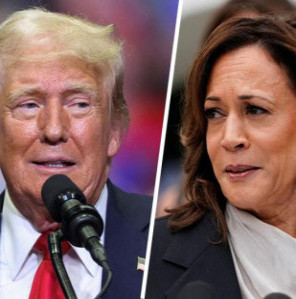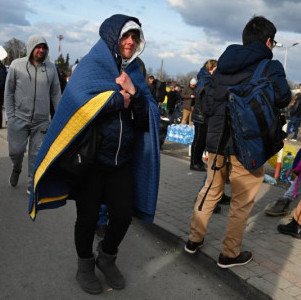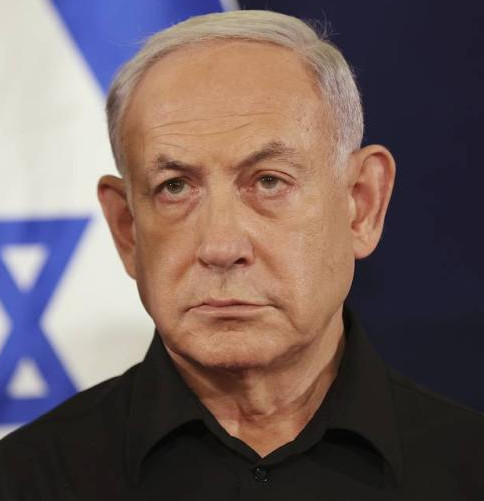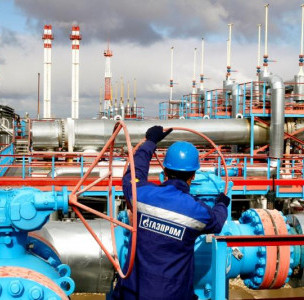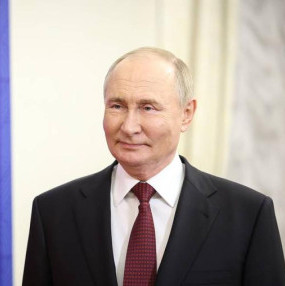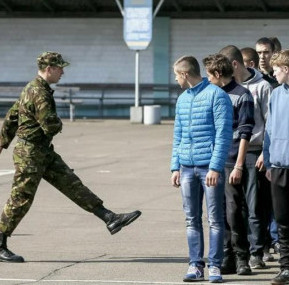In fact, in recent years, relations between Tajikistan and Iran more resemble a fervent, fast-paced romance than neighbor’s friendship. As if the two Persian-speaking countries want to make up for the long separation.
Iran was the first country to recognize the sovereignty of Tajikistan. In January 1992, it opened an embassy in Dushanbe, and three years later the Tajik diplomatic mission appeared in Tehran. The two countries are tied by community of not only language but also of history, culture, traditions. The leaders of the two states do not forget to mention that at their meetings. And they meet very frequently. Recently Rahmon even celebrated ‘en famille’ with Ahmadinejad the Nowruz holidays.
Today Iran buys a lot and actively into in the neighboring country. In terms of the volume of investment it ranks second to none there. Davlatali Saidov, Chairman of the State Committee on Investments and State Property said in late April at a press conference in Dushanbe that the Iranian investment ratio in the first quarter this year amounted to $97.4 million, being well ahead of Russian ($42.4 million) and Chinese ones ($31.6 million). And last year, Iran was the leader too.
Iranian companies are currently building in Tajikistan the Sangtuda-2 Hydroelectric Power Plant, driving the Istiqlol tunnel, taking part in building regional rail and highways, establishing free economic zones, investment and trade. Next in turn are projects for the construction of the Shurob Hydroelectric Power Plant on Vakhsh and the Dashtidjum one on Pyanj, creation of a unified power system with the involvement of Pakistan. The Iranians are planning to build several small power plants, are ready to finance the construction of the largest in Central Asia, Rogun Hydroelectric Power Plant, as well as to invest half a billion dollars in the construction of the largest in the region, cement production plant, to build a plant for the excavation and processing of precious and semiprecious stones, and a modern Cardiac Centre in Dushanbe.
But in addition to economic expansion from year to year the spiritual and cultural one is growing on as well. With Iran’s money libraries named after Rudaki and Amir Kabir were built, exhibitions are regularly hosted; there are meetings between entrepreneurs and scientific symposiums devoted to general history pages, Persian language and literature. And benevolent associations like Imam Khomeini’s Relief Committee help the poor, who are quite numerous here, to officiate; they teach them free of charge the foundations of the Qur'an. Plans for creating a common Persian-language TV channel are discussed as well. In addition, last year visa requirements were relaxed for the two countries which greatly facilitated the communication between the two peoples. And Tehran suggests introducing visa-free relations.
A separate article of cooperation is connected with the involvement in the Iran-Tajik projects of Afghanistan, where, according to various estimates, from 27 to 38 percent of the population are Tajiks. Thus, the Iranian experts are currently building a highway and a railway, which will connect Tajikistan, Afghanistan and Iran, are constructing the power transmission line Rogun-Mazar-I-Sharif-Herat-Mashhad, as well as a number of other ‘triple’ objects. And this direction of Iranian expansion has its background.
Iran has long been nurtured plans for creation of a Persian-speaking union of states, which beside itself would include Tajikistan and Afghanistan. This issue was raised at a recent meeting of heads of three states in the Iranian capital. “Between us there is no language barrier. True, in Afghanistan this language is called Dari, in Tajikistan Tojiki, and in Iran - Farsi. But these are three sprouts of one root. We have not only a common history and culture, our problems are the same. And we need to unite to solve them,” the Iranian Ambassador to Tajikistan Aliasgar Sherdust said in an interview to Iran.ru.
But the main thing is that Iranian leaders are desperately trying to bring his country out of international isolation, so the creation of such a union just lies in the tideway of their efforts. For the same purpose they are seeking to join the SCO, to convert the current status of observer to full participation in this organization. And, by the way, Emomali Rahmon actively supports this intention.
“Preparations are underway for a new geopolitical configuration in Central Asia,” says the Russian expert on terrorism and crisis situations Lev Korolkov - Iran with its rapprochement with Tajikistan blocks to a large extent the actions of international forces in Afghanistan itself, and large areas of Afghanistan will get under its control in case of a successful implementation of this project.”
Well, why is Tajikistan so favorable to Iran’s attentions? And how does such a position correlate with this country membership of cooperative associations, such as CIS, CSTO, EurAsEC?
According to some experts, the Tajik leadership, despite the official Dushanbe’s solemn assurances of the commitment to these unions, has been casting a glance to the side. The reason for this is largely determined by the marked cooling in relations with Moscow, by which it has been traditionally guided in the recent past. It became apparent, for example, in the expulsion in 2004 of Russian border guards from the Tajik-Afghan border. Our new proposals on this topic have got hung up so far. Furthermore, the Tajik government failed to agree with Rusal on the Rogun HPP. And it has obviously taken offence, when Russia took the side of Tashkent in the Uzbek-Tajik dispute on the principles of the use of water resources. Our relations are not improved either by provocative verbal escapades of some Russian politicians like Vladimir Zhirinovsky, who has recently predicted that Tajikistan, together with Kyrgyzstan will soon become one of the provinces of Russia...
All this played into the hands of Tehran, revived its old hopes of creating in the foreseeable future of a Greater Iran. From an economic point of view it is, of course, running great risks, because it is a huge risk to invest so recklessly in one of the poorest countries in Eurasia. But, obviously, Tehran is confident that the game is worth the candle. Even after suffering some financial losses, the Iranian side gets a chance to take a leading geopolitical position on the ‘Tajik board’, and throughout the region, too. This is, actually, the strategy of the Iranian foreign-policy gambit.
Although, given the fact that the Tajiks, unlike the Iranian Shiite, profess Sunni Islam, it is now difficult to predict what will be the end game. Nevertheless, it is clear that Iran is willing to risk...
As for Russia’s position in relation to this game it was voiced in April at the Parliament hearings on the problems of Central Asia by the Russian Deputy Foreign Minister Grigory Karasin. Russia, he said, does not claim an exceptional role in the Central Asian states, however, understands that the stability of our country depends on the socio-economic and political stability in this region.
That’s the way it is, but will it be possible to speak of any geo-political stability, if in the underbelly of Russia a Persian alliance appears, headed by the current unpredictable, ambitious and aggressive Iranian regime?

